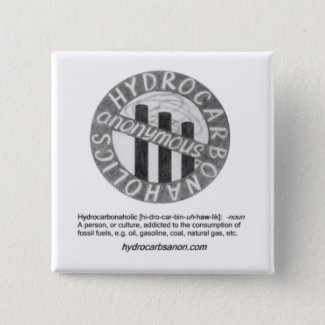The stimulus package has lurched, slightly damaged but ambulatory, out of the Congressional conference committee and should be signed into law by (or on) President’s Day, as Obama hoped. I haven’t tried to pick through it to figure out how much is left that goes to what might be labeled green energy projects—and numbers in this context demonstrate an unseemly plasticity anyway.
During the (last) Great Depression, one of FDR’s alphabet soup agencies was the CCC, the Civilian Conservation Corps. In the New York area, this “make work” program was responsible for building a lot of the roads, trails, and recreational buildings in the Palisades, on the western side of the Hudson River.
In the 1970’s, during Jimmy Carter’s Great Malaise, I served in the YCC, the Youth Conservation Corps, a summer “make work” program which did painting, trail maintenance and some, literal, bridge building (or throwing new planks across brooks, if precision is important here) in the Palisades.
What I would like to see—in the current stimulus bill or as a freestanding program—is something along the lines of an NCC, a National Caulking Corps.
We often bog down in arguments about what constitutes “real” and worthwhile investment in saving energy, which technologies are worthwhile and can be scaled up, which ones yield net energy gains, which gains are merely illusory. This can be odd, irritating, and (sometimes intentionally) diversionary, which is not to say that such calculations should not be made.
The consensus is pretty clear, however, about the “low hanging fruit” offered by energy conservation. Americans still use roughly twice the energy of people with a similar standard of living in places like Japan and Western Europe.
A Manhattan Project (street to street and building by building) aimed simply at “Bringing America Up to (Green) Code” would generate a large number of jobs and would save a huge amount of energy. You could do this in three layers which would also target several groups of people in need of work:
1. You don’t even need a high school diploma to caulk and weatherstrip.
2. Installation of insulation and replacement windows takes some training (and supervision of new hires) but that training too has a variety of positive multiplier effects.
3. Finally, there is abundant HVAC (Heating, Ventilation, and Air Conditioning) work to be done, overhauling and retro-fitting existing systems, replacing outmoded equipment, designing and installing new heating, cooling, and hot water devices, and—perhaps most crucially—manufacturing these cutting edge devices.
You can’t outsource caulking and insulating. But we are in danger of trading dependence on foreign energy sources for dependence on foreign green technologies. In today’s New York Times, for example, Tom Friedman points to the American and Chinese embassies, across the street from each other in New Delhi. “The U.S. Embassy’s roof is loaded with antennae and listening gear. The Chinese Embassy’s roof if loaded with . . . new Chinese-made solar hot-water heaters.”
This is an area in which I support the Nanny State: energy upgrades should be universal and mandatory. As to cost, one approach would be to tax utility bills such that they did not rise but also did not fall (to reflect energy savings) until the upgrades had been paid off.
If that amounts to a thirty year energy mortgage. . . well the government owns plenty of mortgages at this point anyway, and green mortgages would be both a lot less toxic and a lot more reliably profitable in every way.
Show people what you believe! Hydrocarbsanon Gear:
5% of proceeds from any purchase at our stores at Skreened, Cafepress, Zazzle, or Spreadshirt goes to e-BlueHorizonssm which uses the money to retire greenhouse gas credits.
Subscribe to:
Post Comments (Atom)








1 comment:
Efficiency will improve under Obama's stimulus, but as I write in an article entitled "What is Wrong with the Right" I am concerned about conservative efforts to sow division. I invite you and your readers to visit The Green Market, it contains a wealth of Green resources and includes a comprehensive, alphabetized Green Link Library. Whether you are a someone looking to make a difference in the world or a business looking to capitalize on the rising tide of eco-consciousness, The Green Market provides original articles and information on the opportunities and issues associated with Green.
The Green Market http://thegreenmarket.blogspot.com
Exploring Green Opportunities and Issues
Post a Comment